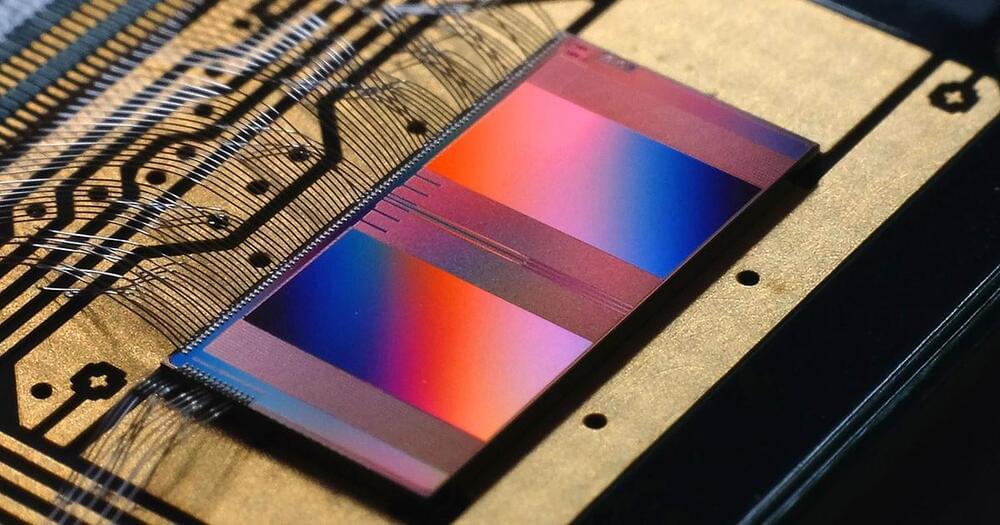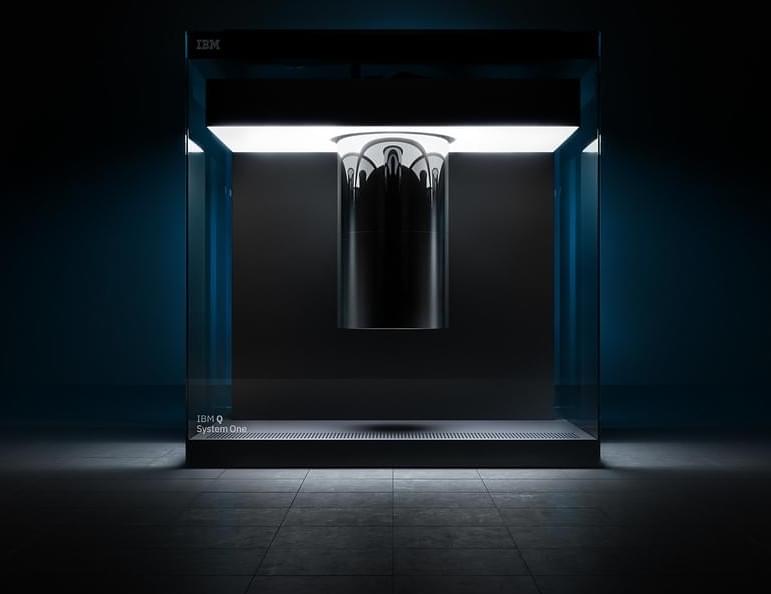Many people say that Einstein failed because he was simply ahead of his time. The knowledge and tools needed to complete a unified theory simply hadn’t been developed before Einstein died in 1955.
Today, many physicists are taking up his quest. The most promising approach appears to be string theory, which requires 10 or more dimensions and describes all elementary particles as vibrating strings, with different modes of vibration producing different particles.
String theory has not yet made any testable predictions, and some scientists worry that string theorists have, like Einstein in his later years, strayed too far from physical reality in their obsession with beautiful mathematics. But many others believe string theory does indeed hold the key to completing Einstein’s quest, and researchers are hoping to find ways to test some of the predictions of string theory.







